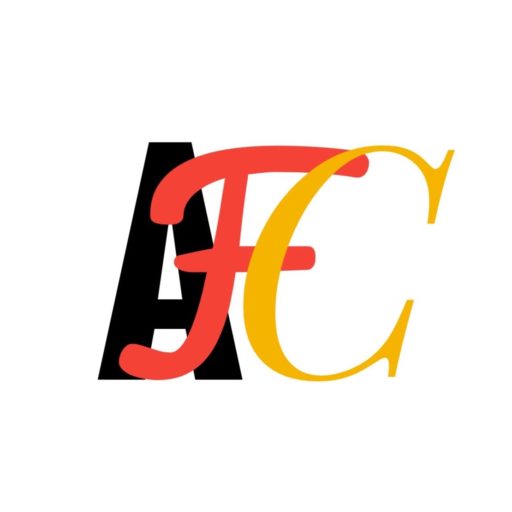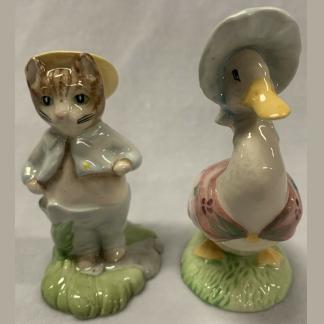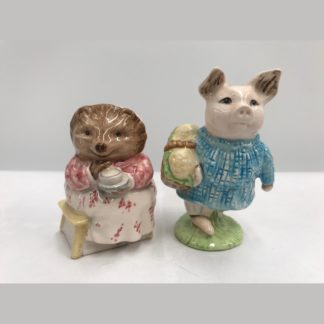History
KPM (Königliche Porzellan-Manufaktur) Porcelain was formed in 1763. Before 1763 the factory was originally owned by wool merchant Wilhelm Caspar Wegely in 1751, after obtaining royal privilege to set up a porcelain manufactory in Berlin.
The factory was setup with craftsmen from his competitors, and appointed the porcelain sculptor Ernst Heinrich Reichard to the post of chief modeller. Frederick II of Prussia granted him exemption from duties for the import of essential materials and assured him of the exclusion of all competition, the factory was successful for a number of years but after technical difficulties and the Seven Years’ War between Prussia and Saxony the company was eventually dissolved in 1757 and sold its inventories, equipment and materials to the Berlin businessman Johann Ernst Gotzkowsky.
Johann Ernst Gotzkowsky who was a successful merchant with a trade in trinkets, silk, taft, porcelain, grain and bills of exchange, he also was a large art collector, His paintings formed the basis and the beginning of the collection in the Hermitage Museum.
Johann restarted the factory in 1761 and hired competent staff from the Meissen Factory which at the time was occupied by the Prussian army, Meissen have a relief style in their porcelain collection named after Johann for the opportunity he gave the workers during that period.
Ernst Heinrich Reichard, who was in possession of the secret formula known as the arcanum. Reichard received 4,000 thaler for the arcanum, and another 3,000 for the stock of porcelain and other materials. Furthermore, he undertook to work for Gotzkowsky as a keeper of the arcanum and as the manager. Gotzkowsky also agreed to take over Reichard’s eight workers.
Later in 1763 Johann was in serious financial trouble, which gave way to the selling of the company to Frederick II officially became the manufactory’s new owner. He purchased the manufactory for the considerable sum of 225,000 thaler and took over the staff of 146 workers. He gave the business its name and allowed it to use the royal sceptre as its symbol. From then on, it was called the Königliche Porzellan-Manufaktur Berlin (“Royal Porcelain Manufactory Berlin”) and became a model of how to run a business.
There was no child labour, there were regular working hours, above-average incomes, secure pensions, a healthcare fund and assistance for widows and orphans.
This urn has been decorated with a underglaze technique which involves first glazing the urn with a white glaze and firing at a high temperature.
Once fired, the artist then paints coloured glazes on top of the white glaze decorating the piece, once the decoration is finished a second firing at a lower temperature is done to fuse the colour to the glaze underneath which creates a very durable surface.
KPM in the late 18th century was well known for their Rocca style in their decoration, pure white glazes with gilt and hand painted decoration which Fredrick The Great had all his palaces served with.
By 1790 the factory was the leading in cutting edge technology creating pieces of extreme quality. And after the death of Frederick the Great, there was a stylistic turning point in Prussia, Frederick William II ordered a new style of wears in the form of Classicism/Neoclassical which dawned a new era for the factory.










